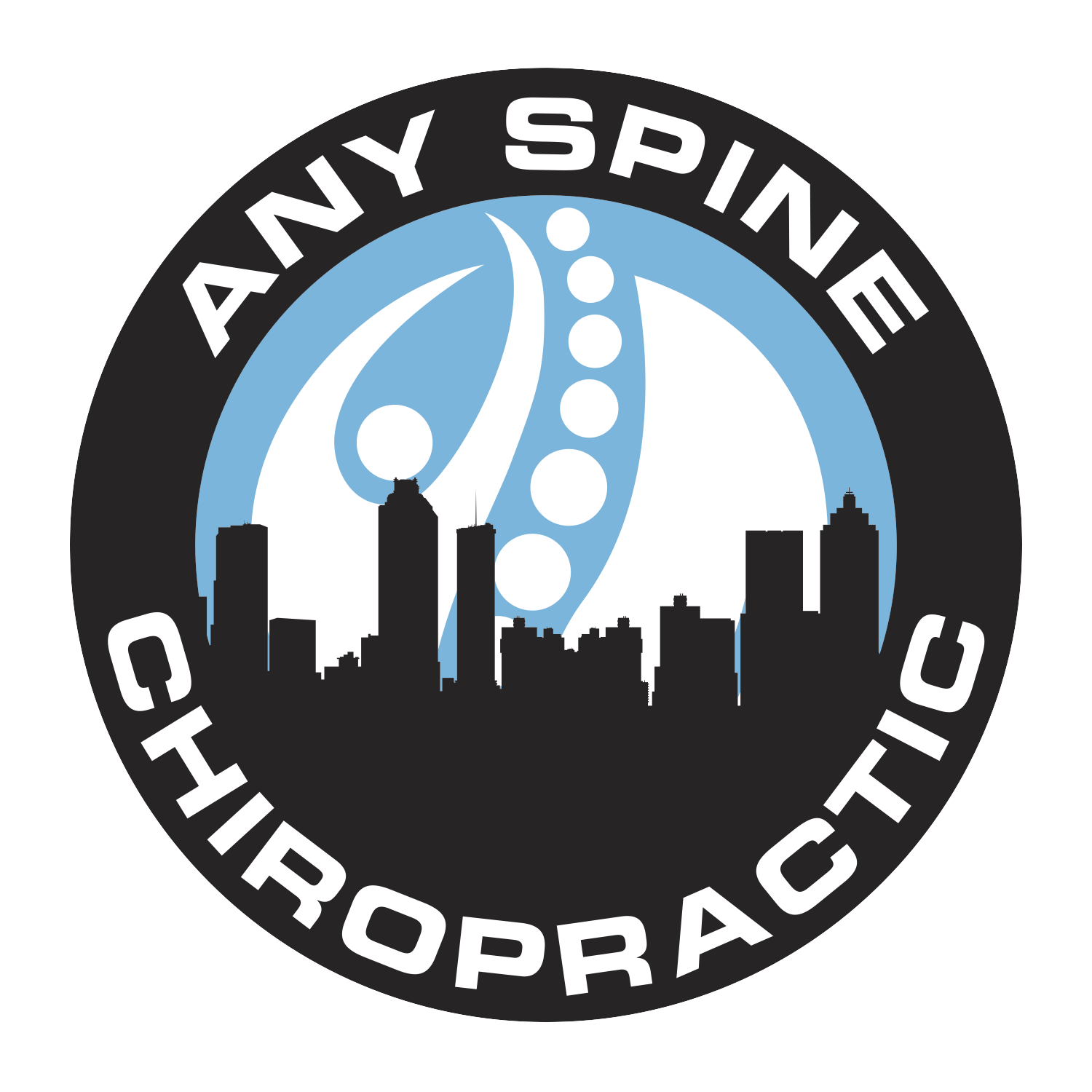The Muscular System: The Powerhouse of Movement
The Muscular System: The Powerhouse of Movement
TL;DR:
The muscular system enables movement and is vital for overall health. Both strength training and cardio have unique benefits. Muscle soreness post-workout is due to microscopic damage and inflammation. Prevent muscle loss with regular exercise, adequate protein intake, and a healthy lifestyle.
Our muscular system is a marvel of biological engineering, responsible for every movement we make. From lifting weights to running marathons, muscles play a crucial role in our daily activities and overall health. Understanding how muscles work and how to care for them can help you optimize your fitness routine and maintain muscle health as you age.
Strength Training vs. Cardio: What’s Better for You?
When it comes to fitness, the debate between strength training and cardio is ongoing. Both forms of exercise offer unique benefits, and the best choice depends on your individual goals.
• Strength Training: This involves exercises like weightlifting, resistance band workouts, and bodyweight exercises. Strength training helps build muscle mass, increase strength, and improve bone density. It also boosts your metabolism, helping you burn more calories at rest.
• Benefits: Enhances muscular strength, promotes bone health, increases resting metabolic rate, and improves functional fitness.
• Examples: Weightlifting, push-ups, squats, and resistance band exercises.
• Cardio: Cardiovascular exercises include activities like running, cycling, swimming, and dancing. Cardio workouts improve heart and lung health, enhance endurance, and burn calories.
• Benefits: Improves cardiovascular health, boosts endurance, aids in weight loss, and enhances mood through the release of endorphins.
• Examples: Running, cycling, swimming, and aerobic classes.
Ultimately, a balanced fitness routine that includes both strength training and cardio can provide comprehensive health benefits. Combining these forms of exercise helps you build muscle, improve cardiovascular health, and achieve overall fitness.
The Science of Soreness: Why Muscles Ache After Workouts
Experiencing muscle soreness after a workout is common, especially if you’ve pushed your limits or tried new exercises. This soreness, known as delayed onset muscle soreness (DOMS), typically occurs 24 to 72 hours after exercise.
• Causes of DOMS: When you exercise, especially during high-intensity or unfamiliar workouts, your muscles experience microscopic damage. This damage triggers inflammation and a healing response, which leads to soreness.
• Symptoms: Muscle stiffness, tenderness, and reduced range of motion.
• Prevention and Management:
• Warm-Up and Cool-Down: Always start your workouts with a proper warm-up and end with a cool-down to prepare your muscles for exercise and aid recovery.
• Gradual Progression: Increase the intensity and duration of your workouts gradually to allow your muscles to adapt.
• Hydration and Nutrition: Stay hydrated and consume a balanced diet rich in protein to support muscle repair and growth.
• Rest and Recovery: Allow time for your muscles to recover between intense workouts. Incorporate rest days and light activities like stretching or yoga.
How to Prevent Muscle Loss as You Age
As we age, maintaining muscle mass and strength becomes increasingly important for overall health and quality of life. Sarcopenia, the age-related loss of muscle mass, can lead to frailty and decreased mobility. Here are some strategies to prevent muscle loss as you age:
• Regular Exercise: Engage in both strength training and aerobic activities to maintain and build muscle mass. Aim for at least two days of strength training per week.
• Adequate Protein Intake: Ensure you consume enough protein in your diet to support muscle repair and growth. Include protein-rich foods like lean meats, fish, eggs, dairy, legumes, and nuts.
• Active Lifestyle: Stay physically active throughout the day. Incorporate activities like walking, gardening, and household chores to keep your muscles engaged.
• Healthy Lifestyle Choices: Avoid smoking and excessive alcohol consumption, as these can contribute to muscle loss and overall health decline.
• Consult Healthcare Providers: Regular check-ups with healthcare providers can help you monitor muscle health and receive personalized advice for maintaining muscle mass.
Your muscular system is a powerhouse that drives movement and supports overall health. By understanding the benefits of strength training and cardio, managing post-workout soreness, and taking steps to prevent muscle loss, you can optimize your fitness routine and enjoy a healthy, active life at any age.
For more health tips and information, stay tuned to our blog and share this article with friends and family. Together, let’s build a stronger, healthier community!





